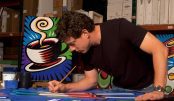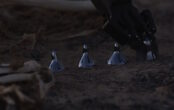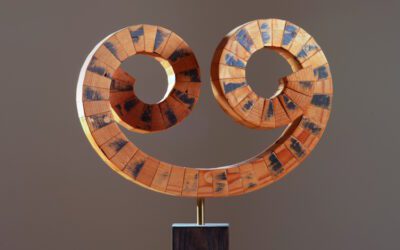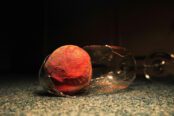[dropcap style=”font-size:100px; color:#992211;”]Y[/dropcap]eah, an all-new creativity test, presumably designed from inside the box.
Perhaps the genuinely creative might think it remarkably similar to the staple 90s interview question: ‘how many sentences can you make using the word “bar”?’
Honestly, haven’t these people heard of Pictionary?
A team of researchers led by a Michigan State University neuroscientist has created a quick but reliable test that can measure a person’s creativity from single spoken words.
Unusually creative ideas
The “noun-verb” test is so simple it can be done by virtually anyone anywhere – even in an MRI machine, setting the stage for scientists to pinpoint how the brain comes up with unusually creative ideas.
While some believe ingenuity is spontaneous, MSU neuroscientist Jeremy Gray suspects there’s a lot of hard work going on in the brain even when the proverbial light bulb going off feels effortless. The findings from his latest research are published in the journal Behavior Research Methods.
“We want to understand what makes creativity tick, what the specific processes are in the brain,” Gray said. “Innovation doesn’t just come for free – nobody learns their ABCs in kindergarten and suddenly writes a great novel or poem, for example. People need to master their craft before they can start to be creative in interesting ways.”
Nonsensical responses
For his latest research, 193 participants were shown a series of nouns and instructed to respond creatively with a verb in each case. The test took about two minutes.
For the noun “chair,” for example, instead of answering with the standard verb “sit,” a participant might answer “stand,” as in to stand on a chair to change a light bulb. The researchers checked that the answers were in fact verbs and somehow related to the noun; excluding the few nonsensical responses made no difference to the results.
The participants also were measured for creativity through a series of more in-depth methods including story writing, drawing and their creative achievements in real life.
Results
The results: Those who gave creative answers in the noun-verb test were indeed the most creative as measured by the more in-depth methods. This suggests the noun-verb test, or a future variation, could be successful by itself in measuring creativity.
Currently, Gray and his team are having participants complete the noun-verb test in an MRI while their brain activity is recorded, in hopes of identifying parts of the brain responsible for creativity. This test is more feasible in an MRI than, say, writing stories or drawing pictures since the machine requires people to remain virtually still.
Although much more research is needed, the findings eventually could help students, entrepreneurs, scientists and others who depend on innovative thinking.
“Ultimately, this work could allow us to create better educational and training programs to help people foster their creativity,” Gray said.
The research also could be helpful in settings where selecting creative people is important, such as the human resources office, he said.
Source and photo: Michigan State University

Some of the news that we find inspiring, diverting, wrong or so very right.






















